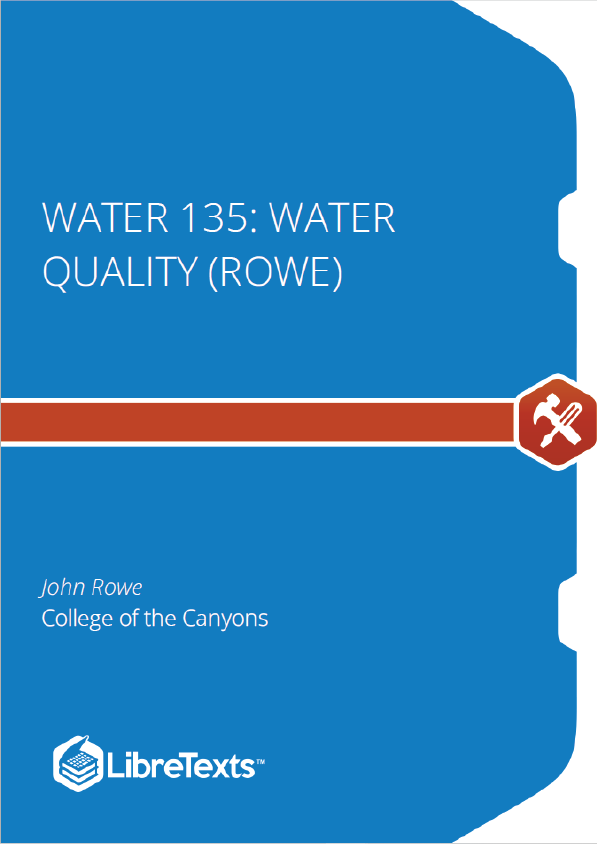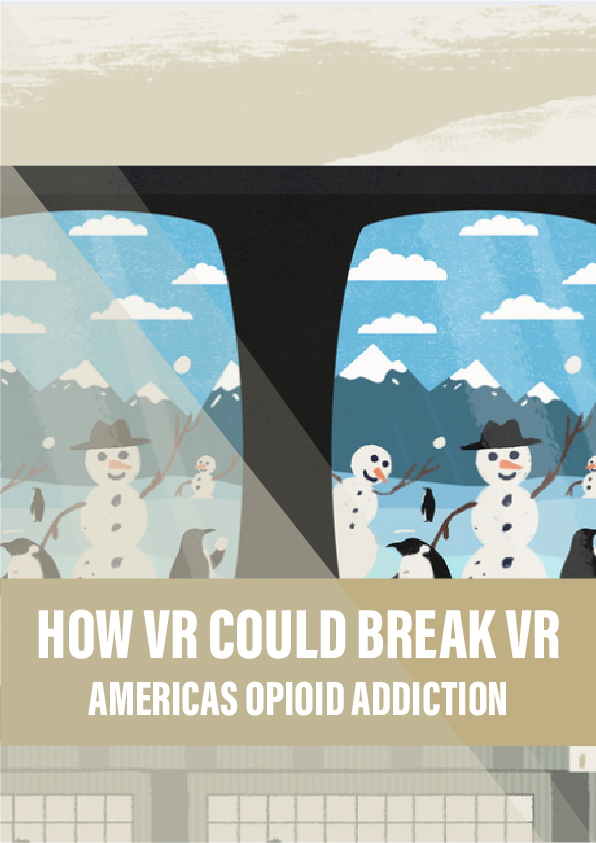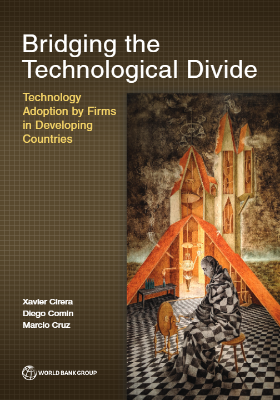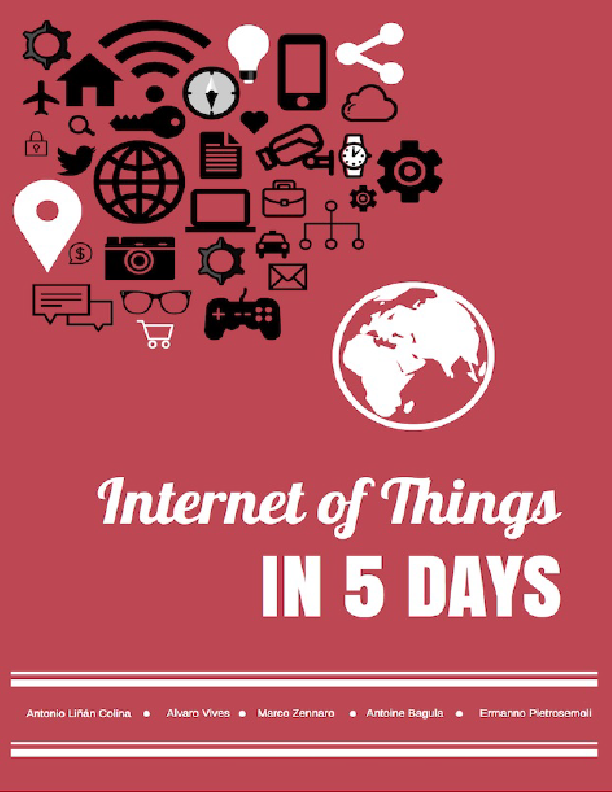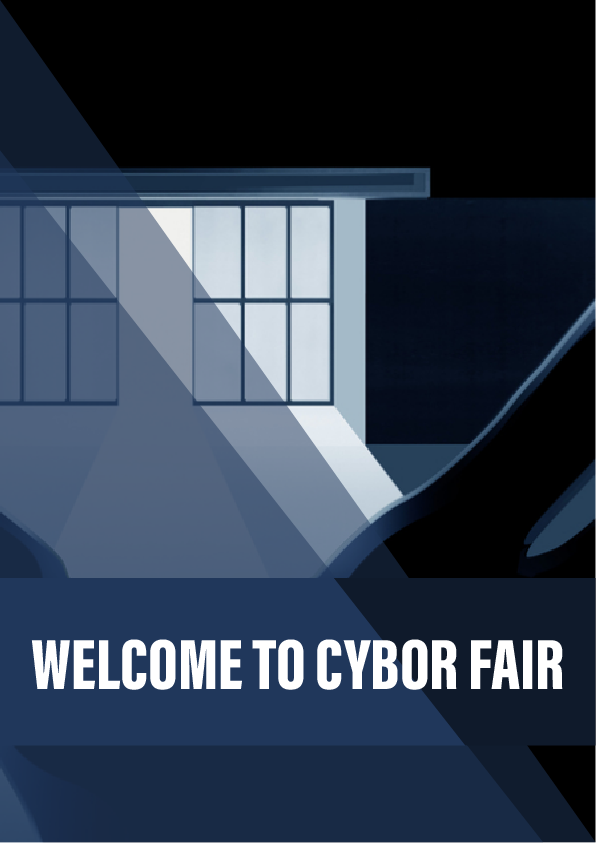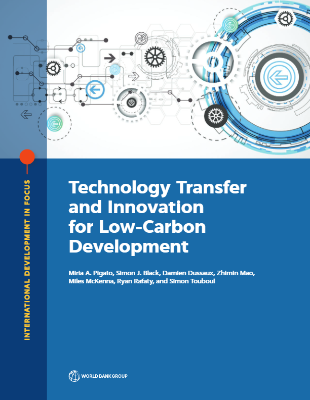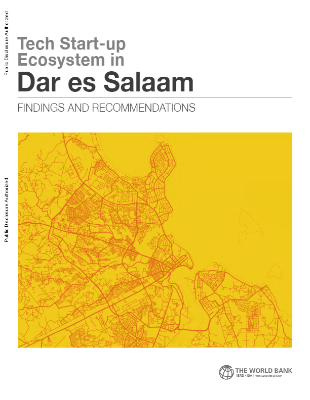This chapter presents a brief introduction to the water sources that are available for potable supply; detailed information is presented in Water 032 (Water Supply). Understanding the water sources used for potable application is important to appreciate the variety of contaminants that can be present in water, and assess their characteristics.
Water Sources
Figure 1.1.1 shows that our planet’s water sources are limited. Freshwater is much easier to use for potable applications because it requires more simple treatment. However, it represents only a very small fraction of the Earth’s water portfolio. A large proportion of the freshwater is locked in glaciers, and is therefore difficultly accessible. As a result, less than 1% of the water present on the planet is groundwater and surface water that can be used as potable water source.
Classifications of Contaminants Pure water (i.e., H2O) only exists in the vapor state. As water condensates, and runs off as surface water or percolates into the ground, it accumulates contaminants. Contaminants in water can be classified in various ways. The most basic classification is based on the fact that contaminants in water can be solid particles, ions, or dissolved gases.
Chemistry is an essential aspect of Water Technologies. Technology can be defined as “the application of science to industrial and commercial objectives.” In return, science is “the observation, identification, description, experimental investigation, and theoretical explanation of natural phenomena.” As for chemistry, it is “the science of the composition, structure, properties, and reactions of matter, especially of atomic and molecular systems.”
This chapter presents the fundamentals of chemistry, starting with an introduction to matter and its elemental constituents, i.e., elements, atoms, molecules, and compounds. Molecular arrangements and chemical bonding are then introduced, followed by examples of chemical nomenclature.
Composition of Matter
The universe is made of two things: energy and matter. Matter can be viewed as anything that has a mass and occupies space, i.e., that has a specific volume. Mass is defined as a measurement of the quantity of matter present.
Mass is different than weight: weight is a force that can be calculated by the product of the mass times the acceleration of gravity.
Elements and Atoms
At the center of all matter are elements. Elements are basic substances that cannot be broken down without altering their basic identities; they cannot be further simplified (e.g., hydrogen, H; oxygen, O). An atom is the smallest amount of an element. The center of each atom contains a nucleus made of protons (very small particles with a positive electric charge) and neutrons (very small particles, without electrical charge), with electrons (very small, negatively charged particles) that gravitate around the nucleus. Electrons have an insignificant mass compared to protons and neutrons.
Atoms have the same number of protons and electrons, thus, atoms have a neutral electrical charge. However, most atoms tend to gain or lose electrons to complete their last electron shell and obtain a stable electron configuration. Only the Noble Gas (such as helium, neon, and argon) do not tend to gain or lose electrons because their electron configuration is naturally stable. An atom with an unequal number of protons and electrons is called an ion. Atoms that lose an electron(s) become positively charged and are called cation (e.g., sodium, Na+). Atoms that gain an electron(s) become negatively charged and are called anion (e.g., chloride, Cl-). Note that only electrons are gained, lost, or shared because they are readily available; only radioactive compounds can release protons and neutrons.
